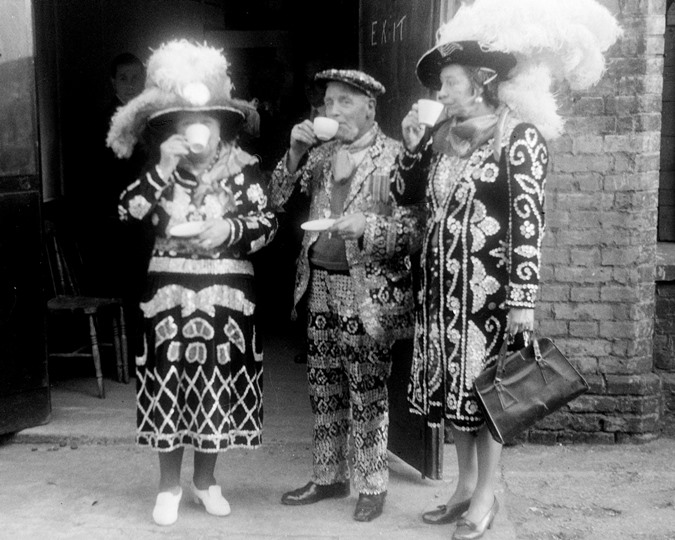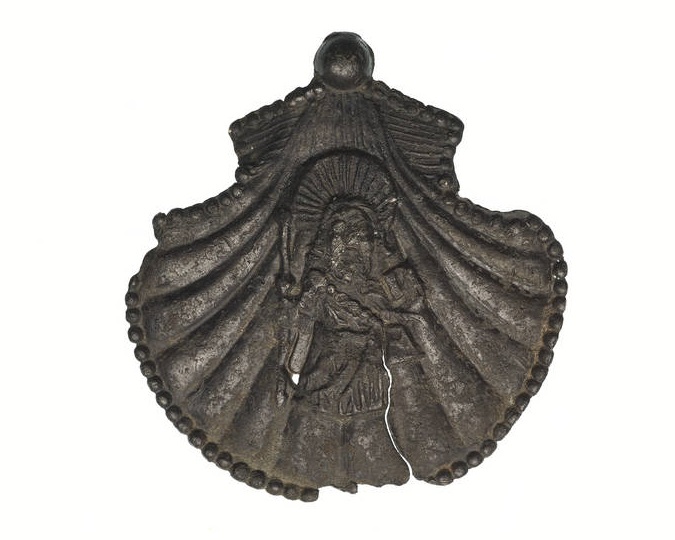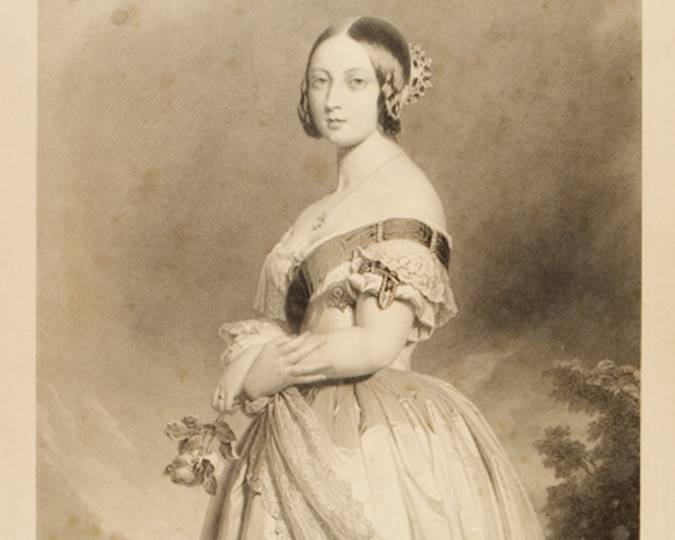|Year: 1813|
George Polgreen Bridgetower
George Polgreen Bridgetower was a brilliant musician whose violin playing made him famous across Europe when he was still just a boy.
George was born in 1778 or 1780 in Biala, Poland, to a Polish mother and an African Caribbean father. His father, Friedrich de August Bridgetower, may have escaped enslavement in Barbados. Friedrich worked in the home of Prince Esterhazy, in a castle with its own opera house and puppet theatre. The famous composer Haydn was in charge of music in this royal household.
A man of many talents

Pencil and watercolour portrait of George Bridgetower by Henry Edridge, 1790.
This portrait was made when George Bridgetower was 12 years old and already a famous musician. © The Trustees of the British Museum / CC BY-NC-SA 4.0
George Bridgetower learned to read and write music and to play the violin. He was extremely talented and performed on stage in a concert in Paris, France, at the age of just nine or ten!
George was a polyglot – this means that he spoke many languages. He was fluent in English, German, French, Italian and Polish.
- Do you speak more than one language?
- Can you sing a song in one of your languages? Or have you ever learned a song in a different language?
Performances fit for a king!

His Royal Highness George Augustus Frederick, Prince of Wales, 1795
Portraits often tell a story about the person they show. What can you tell about George IV from his portrait?
After taking Paris by storm, George and his father travelled to England. They played in Bath, Bristol, Brighton and London and drew the attention and support of the Prince – who later became King George IV.
The Prince invited George to join his private orchestra as first violin – the orchestra leader. George played over 50 concerts in famous London theatres in Drury Lane, Haymarket and Covent Garden.
- Have you ever performed in front of friends or family, or on a stage? What did it feel like?
Falling out with a famous composer

A violin made in 1769
This instrument was owned by Jeremy Bentham, an English philosopher and social reformer.
While on a concert tour of Germany and Austria, George was introduced to the famous composer Ludwig Van Beethoven. Beethoven was impressed with him and wrote a violin sonata just for him.
However, George made a joke about a woman who was Beethoven’s friend and they fell out. Beethoven was so cross that he renamed the sonata for another violinist called Kreutzer. However, when Kreutzer was sent the manuscript he said that it was far too difficult for him to play!
Click the triangular play button below to listen to this extract from the Kreutzer Sonata. It is known as the most challenging piece of classical music ever written for violin:
Recently remembered
Not much is known about George Bridgetower’s life as he grew older. Records tell us that he lived in a home for the poor and was ill – he suffered with very painful arthritis in his fingers – and he died almost unknown, in Peckham, South London in 1860. He was buried in Kensal Green Cemetery.
However, his legacy remains, with modern musicians like Julian Joseph revisiting his work and encouraging people to remember this talented musician who made a powerful impact on all who heard him play.
Black Londoners through time
Keep on discovering London’s Black history from the Roman era to the present day in our timeline.











